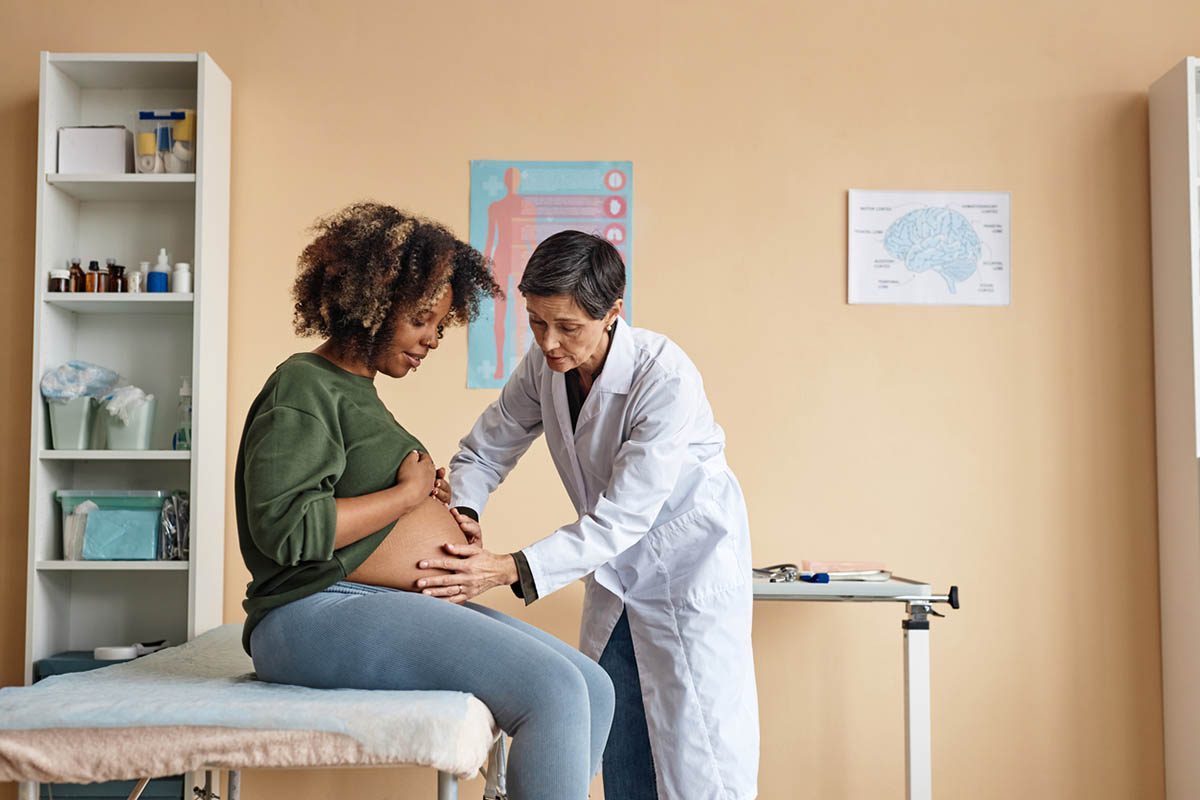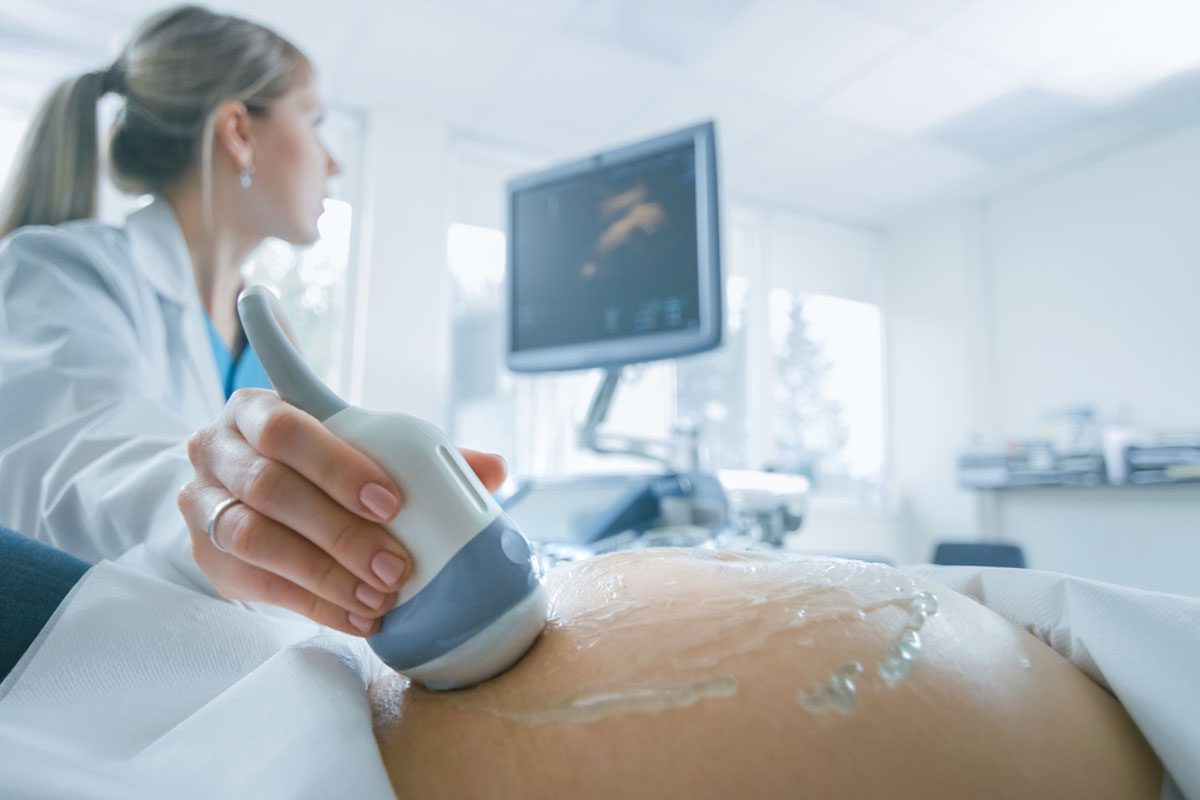J Clin Psychiatry 2023;84(1):22lr14594
To cite: Perugula M, Vadukapurma R, Trivedi C, et al. Pregnancy outcomes after second-generation antipsychotic exposure: extracting more information from the data. J Clin Psychiatry. 2023;84(1):22lr14594.
To share: https://doi.org/10.4088/JCP.22lr14594
© 2022 Physicians Postgraduate Press, Inc.
aDepartment of Psychopharmacology, Manhattan Psychiatric Center, Nathan Kline Institute, New York, New York
bDepartment of Psychiatry, The University of Texas Rio Grande Valley, Harlingen, Texas
cDepartment of Psychiatry, Texas Tech University Health Science Center at Odessa/Permian Basin Odessa, Midland, Texas
dAllen Psychiatry, Allen, Texas
eDepartment of Psychiatry, Boston Children’s Hospital/ Harvard Medical School, Boston, Massachusetts
‡Drs Jain and Mansuri share equal credit for senior authorship.
*Corresponding author: Malathi Perugula, MD, 197 Liberty Ave, Apt 2, Jersey City, NJ 07306 ([email protected]).
See reply by YakuwaYakuwa and article by Yakuwa et al
To the Editor: With great interest, we read the recent JCP article “Pregnancy Outcomes With Exposure to Second-Generation Antipsychotics During the First Trimester,” by Yakuwa and colleagues.1 Controversy regarding congenital malformation with the increased use of second-generation antipsychotics (SGAs) in pregnancy warrants reproductive safety data.2–5 We commend the authors for this extraordinary work.
We want to bring to readers’ attention some confounding factors that we think can further enlighten them. A family history of birth defects is a known risk factor for congenital malformations. There was no mention of any congenital disabilities in either of the groups in this study.6–8 Chromosomal abnormalities can cause malformations in both groups. With genetic testing and close medical attention and intervention, the rate of malformations can be minimal. The cause of spontaneous abortions, which occurred in 8.4% of pregnancies in the SGA group and 7.2% of pregnancies in the comparison group, is unknown. This might have missed any underlying malformations that would affect the results. Maternal education and educational intervention programs impact the occurrence of congenital malformations.8 Maternal stress, micronutrient deficiencies, and nutrient restrictions affect the structural brain and development of the offspring.3,4,9
The study collected data retrospectively through a questionnaire, and we cannot rule out reporting bias. We believe that data collected multiple times throughout the pregnancy by telephone and by reviewing medical records can provide more in-depth details about the use of psychotropics.2 Multiple data point collection may help gather details about any missing information that could have affected the analysis. We are also interested in understanding the reasons/rationale behind excluding twins or triplets from the analysis, as there have been studies that included these sets in their analyses.2,10
Published online: November 30, 2022.
Relevant financial relationships: None.
Funding/support: None.
References (10)

- Yakuwa N, Takahashi K, Anzai T, et al. Pregnancy outcomes with exposure to second-generation antipsychotics during the first trimester. J Clin Psychiatry. 2022;83(4):21m14081. PubMed CrossRef
- Viguera AC, Freeman MP, Góez-Mogollón L, et al. Reproductive safety of second-generation antipsychotics: updated data from the massachusetts general hospital national pregnancy registry for atypical antipsychotics. J Clin Psychiatry. 2021;82(4):20m13745. PubMed CrossRef
- Poojari PG, Khan S, Shenoy S, et al. A narrative review of metabolic monitoring of adult prescribed second-generation antipsychotics for severe mental illness. Clin Epidemiol Glob Health. 2022;15:101035. CrossRef
- McKenna K, Koren G, Tetelbaum M, et al. Pregnancy outcome of women using atypical antipsychotic drugs: a prospective comparative study. J Clin Psychiatry. 2005;66(4):444–449, quiz 546. PubMed CrossRef
- Howard LM. Atypical antipsychotic use during the first trimester of pregnancy may not increase major malformations. Evid Based Ment Health. 2005;8(4):115. PubMed CrossRef
- Suman Gök E, Ayvacı A, Ağbaş A, et al. The frequency of familial congenital anomalies of the kidney and urinary tract: should we screen asymptomatic first-degree relatives using urinary tract ultrasonography? Nephron. 2020;144(4):170–175. PubMed CrossRef
- Nazarova L, Tolegen N, Bayanova M. Hereditary Diseases and Congenital Malformations Registration and Monitoring Information System. Nazarbayev University Repository. Nazarbayev University Repository website. https://nur.nu.edu.kz/handle/123456789/5191. December 4, 2020.
- Liang Y, Hu X, Li X, et al. Parental non-hereditary teratogenic exposure factors on the occurrence of congenital heart disease in the offspring in the northeastern Sichuan, China. Sci Rep. 2020;10(1):3905. PubMed CrossRef
- Franke K, Van den Bergh BRH, de Rooij SR, et al. Effects of maternal stress and nutrient restriction during gestation on offspring neuroanatomy in humans. Neurosci Biobehav Rev. 2020;117:5–25. PubMed CrossRef
- Cohen LS, Viguera AC, McInerney KA, et al. Reproductive safety of second-generation antipsychotics: current data from the Massachusetts General Hospital National Pregnancy Registry for Atypical Antipsychotics. Am J Psychiatry. 2016;173(3):263–270. PubMed CrossRef
This PDF is free for all visitors!
Save
Cite



